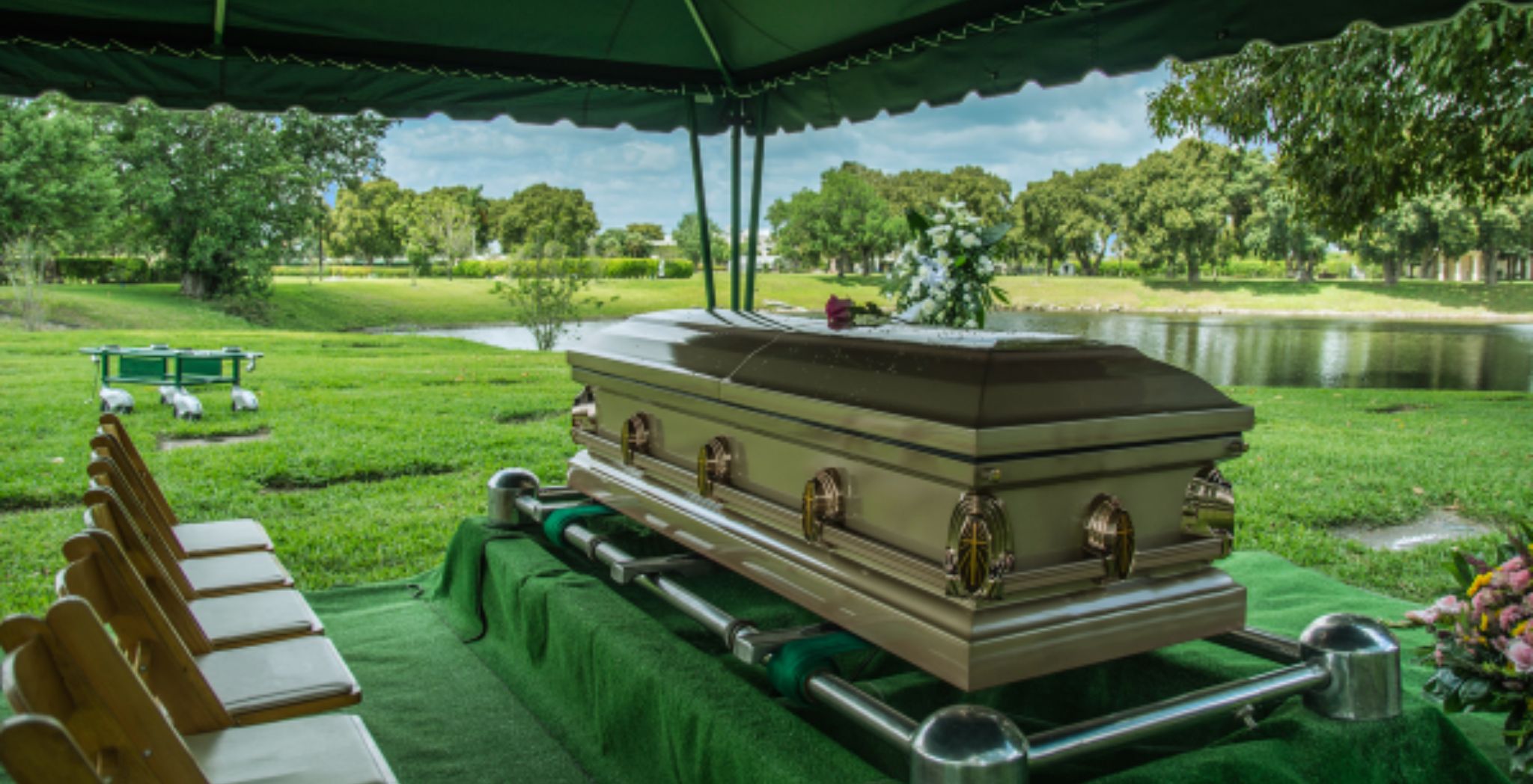
When a loved one passes away, families often face the difficult task of making funeral arrangements. Funeral homes in Australia, like Swanborough Funerals, provide guidance and support during this challenging time. One common option chosen by families is cremation. Understanding the cremation process can help ease some of the uncertainty surrounding this choice.
Understanding the Cremation Process
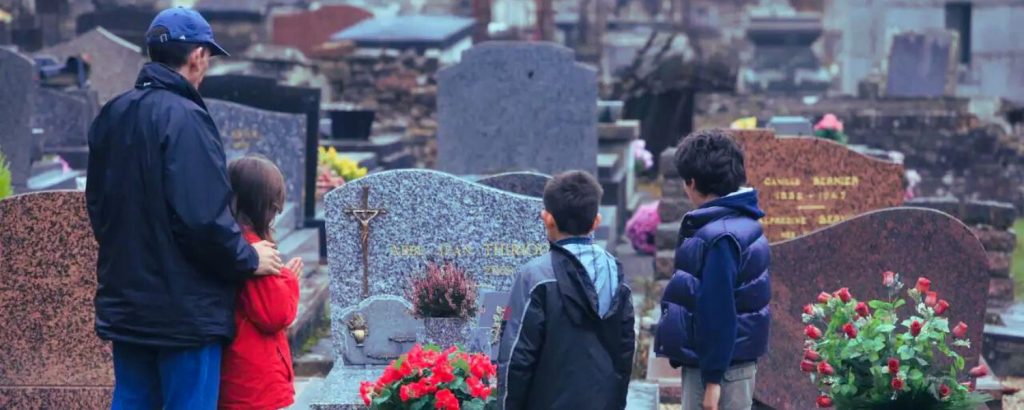
Cremation is a method of final disposition involving the burning of the deceased’s body. In Australia, cremation is a widely accepted practice offered by funeral homes nationwide. Families may choose cremation for various reasons, such as religious beliefs, environmental considerations, or personal preferences. Understanding the cremation process involves grasping the steps, from transportation to the crematorium to the final disposition of ashes. Knowing how to plan a funeral that includes cremation requires awareness of the practicalities, costs, and emotional considerations involved in this choice. Funeral homes provide guidance and support to families navigating these decisions.
Preparation for Cremation
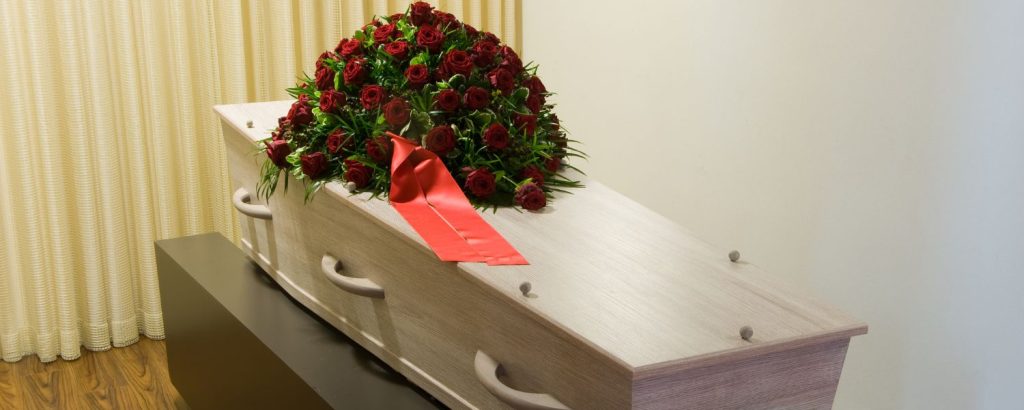
Before the cremation process can take place, several important preparations must be made to ensure that everything proceeds smoothly and by the wishes of the deceased and their family.
1. Obtaining Necessary Permits
One of the first steps in preparing for cremation is obtaining the necessary permits and paperwork required by local authorities. Funeral homes typically assist families with this process, ensuring all legal requirements are met before cremation.
2. Completion of Documentation
Families must often complete various forms and documents before cremation. This paperwork may include consent forms, medical certificates, and other administrative documents. Funeral directors guide families through this process, helping them understand what needs to be completed and ensuring that all necessary paperwork is in order.
3. Preparation of the Body
Before the body can be cremated, specific preparations may need to be made. This may include removing jewellery, prosthetic devices, and other items that are not intended to be cremated with the body. Additionally, the body may be dressed in appropriate clothing or placed in a cremation container or casket, depending on the family’s preferences.
4. Identification and Tracking
Proper identification of the deceased is essential throughout the cremation process. Funeral homes use various methods to ensure accurate identification, such as attaching identification tags or using barcode systems to track the deceased’s movement from the funeral home to the crematorium.
5. Arranging Transportation
Once all necessary preparations have been made, arrangements are made to transport the deceased to the crematorium. Funeral homes coordinate transportation logistics, ensuring that the deceased is transported with care and respect.
6. Coordination with the Crematorium
Funeral directors work closely with the crematorium’s staff to coordinate the details of the cremation process. This includes scheduling the cremation, providing specific instructions or requests from the family, and ensuring that all necessary preparations have been made on the crematorium’s end.
7. Final Goodbyes
Before the cremation, families may bid their final farewells to their cherished ones. This may occur during a visitation or viewing, where family and friends can pay their respects and bid farewell.
Preparing for cremation involves careful attention to detail and coordination between the funeral home, the crematorium, and the deceased’s family. Funeral directors are crucial in guiding families through this process, ensuring that everything is handled with compassion, dignity, and respect.
Detailing the Process – After the Funeral Service

After the funeral service, the next step in the cremation process begins. This phase involves several essential steps that ensure the deceased is respectfully and properly handled before the cremation occurs.
1. Transportation to the Crematorium
After the funeral service, the deceased is carefully transported to the crematorium. The funeral home typically arranges this transportation, which is done with the utmost care and respect for the deceased and their family.
2. Preparation for Cremation
The body is prepared for cremation at the crematorium. This preparation may include removing any clothing or personal items that the family wishes to keep, as well as any medical devices or implants that are not compatible with the cremation process.
3. Identification and Documentation
Before the cremation occurs, the deceased is correctly identified to ensure the cremation proceeds according to the family’s wishes. This may involve checking identification tags or paperwork provided by the funeral home.
4. Placement in the Cremation Chamber
The body is placed inside the cremation chamber once all necessary preparations have been made. The cremation chamber is specifically engineered to endure high temperatures and securely enclose the cremation process.
5. Cremation Process
The cremation process involves exposing the body to high temperatures, typically 760 to 980 degrees Celsius. During this process, heat and flame gradually transform the body into bone fragments.
6. Cooling and Collection of Ashes
Following the cremation process, the residual bone fragments undergo a cooling period before meticulous collection. Subsequently, these fragments are transformed into a delicate powder known as cremated remains or ashes.
7. Finalising Documentation
Once the cremation process is finished and the ashes have been collected, the crematorium provides documentation certifying that the cremation has taken place. This documentation is often provided to the family for their records.
8. Disposition of Ashes
The final step in the cremation process is the disposition of the ashes. Families can retain the ashes within an urn, disperse them at a significant location, or place them in a cemetery or memorial garden for interment.
Overall, the procedures following the funeral service guarantee that the deceased is treated with care and dignity throughout the cremation process. Funeral homes and crematoriums work together to facilitate this process and provide support to grieving families during this difficult time.
When Will the Cremation Occur?
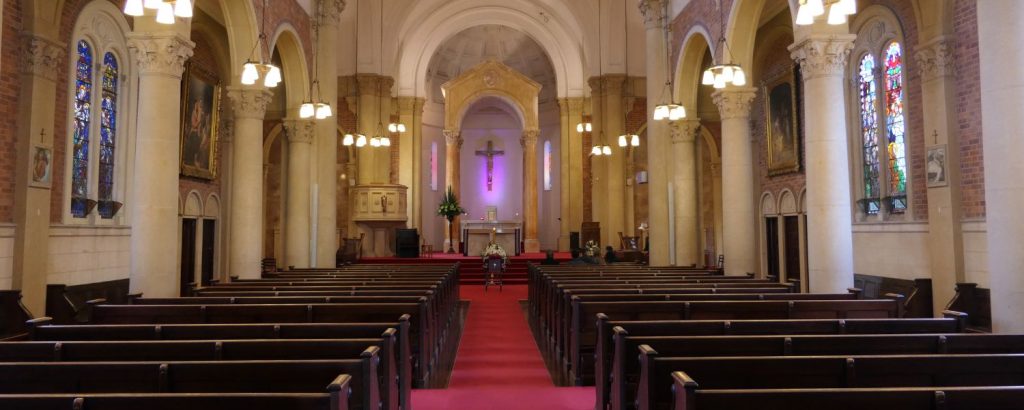
The timing of the cremation process can vary depending on several factors, including logistical considerations, religious or cultural customs, and the preferences of the deceased’s family.
1. Immediate Cremation
In some cases, families may opt for immediate cremation, meaning that the cremation takes place shortly after the individual’s death. This option is often chosen when there is a desire to expedite the funeral process or when no specific religious or cultural requirements dictate a waiting period.
2. Scheduled Cremation
Alternatively, families may choose to schedule the cremation later. This allows more time to make funeral arrangements, notify friends and family, and coordinate additional services or ceremonies. Scheduled cremations may occur several days or weeks after the death, depending on the circumstances.
3. Religious or Cultural Considerations
Some religious or cultural traditions specify a particular timeframe for cremation. For example, in Hinduism, it is customary to cremate the deceased as soon as possible after death, ideally within 24 hours.
4. Availability of the Crematorium
The availability of the crematorium may also impact the timing of the cremation. Crematoriums typically operate on a schedule, and availability may be influenced by demand, maintenance, and staffing factors. Funeral homes work closely with crematoriums to schedule cremations at times that are convenient for the family and accommodate any specific requests.
5. Family Preferences
Ultimately, the timing of the cremation process is determined by the preferences of the deceased’s family. Funeral directors and crematorium staff work closely with families to understand their needs and wishes and to ensure that the cremation process is conducted in a manner that is respectful and dignified.
Flowers
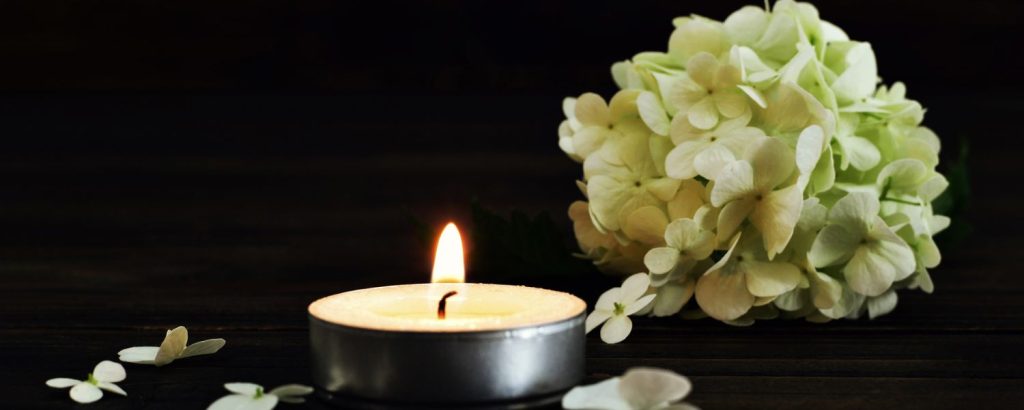
Flowers play an important role in honouring and commemorating the life of a loved one during the funeral process, including cremations in Australia. They symbolise love, respect, and remembrance, offering comfort and solace to grieving families.
1. Funeral Floral Arrangements
Funeral homes in Australia often offer a variety of floral arrangements specifically designed for funeral services. These arrangements may include wreaths, sprays, bouquets, and floral baskets, which can be displayed during the funeral service to honour the deceased.
2. Personalised Tributes
Floral displays can be customised to mirror the distinctive personality and passions of the departed individual. For example, arrangements featuring favourite flowers, colours, or symbols can be a meaningful tribute to their life and legacy.
3. Expressing Sympathy
Flowers also allow friends, family, and acquaintances to express their sympathy and condolences to the grieving family. Sending flowers to the funeral service or directly to the family’s home is a common way to show support and comfort during this difficult time.
4. Accompanying the Deceased
In some cases, floral arrangements may accompany the deceased to the crematorium or be placed near the cremation chamber during the cremation process. This final tribute provides warmth and beauty during a solemn moment.
5. Memorialisation
Families may keep floral arrangements to memorialise their loved ones after the cremation. Flowers can be dried and preserved, displayed in a special vase or frame, or incorporated into a memorial garden or tribute space.
6. Environmental Considerations
Some families may opt for eco-friendly floral arrangements made from sustainable or biodegradable materials that align with their environmental values. These arrangements minimise the environmental impact associated with traditional floral tributes.
Conclusion
The process of cremation in Australia offers a respectful and dignified means to bid farewell to a cherished family member or friend. Funeral homes like Swanborough Funerals support and guide families throughout the process, ensuring that their wishes are carried out with care and compassion. Whether in Brisbane, Queensland, or elsewhere in Australia, cremation offers families a meaningful way to honour and remember their loved ones.
 "/>
"/>

Female
1